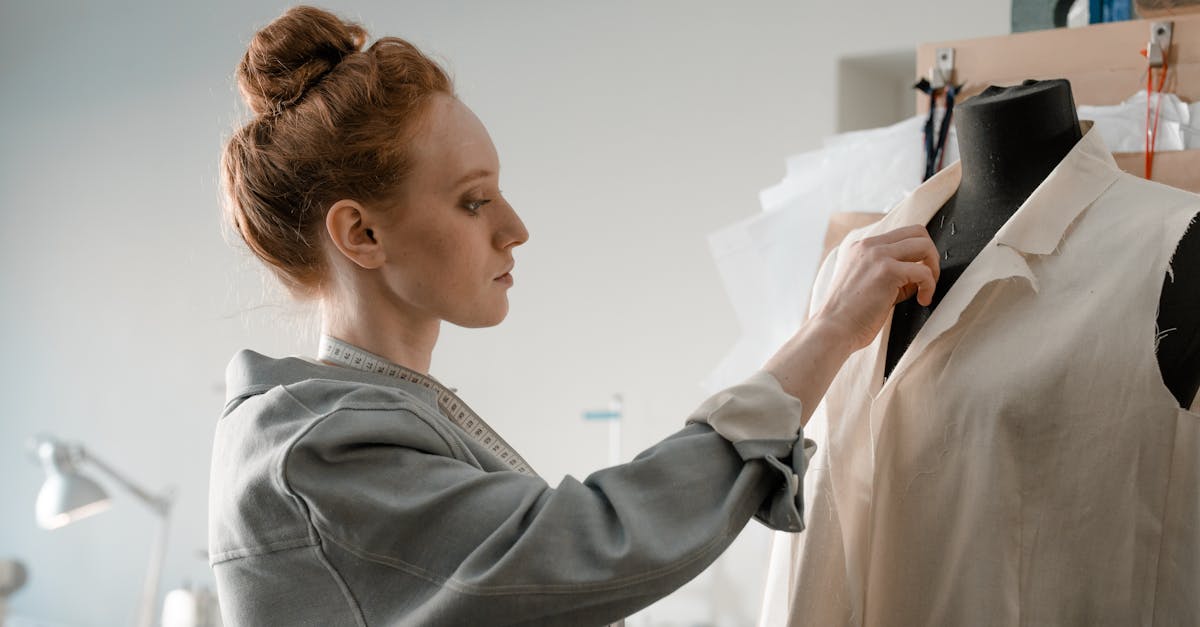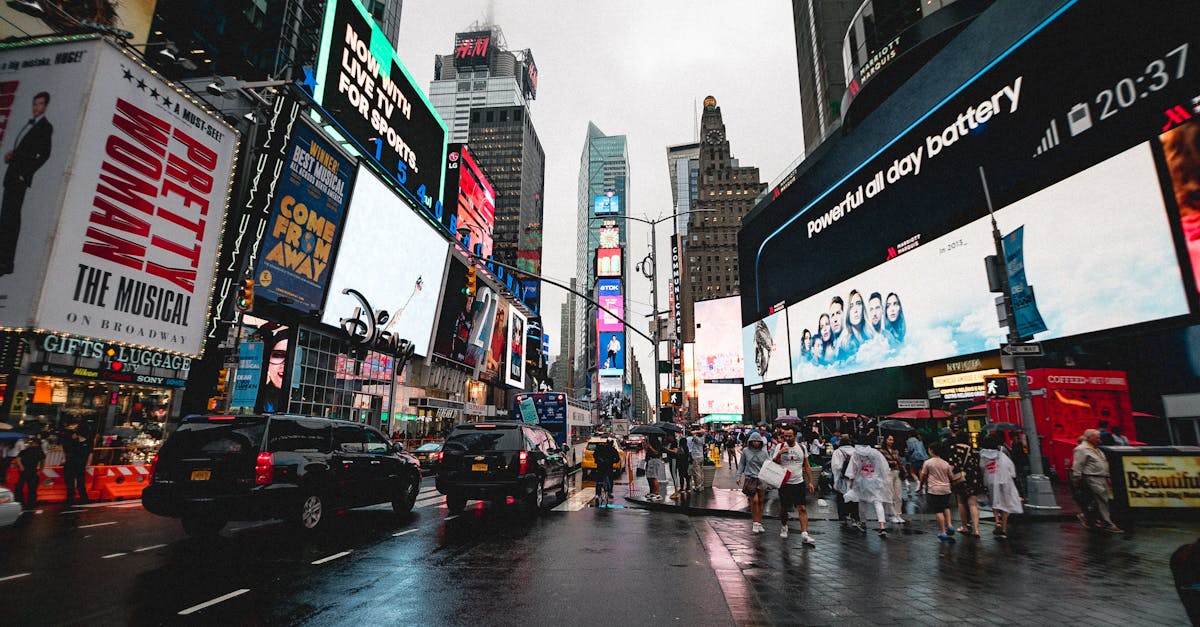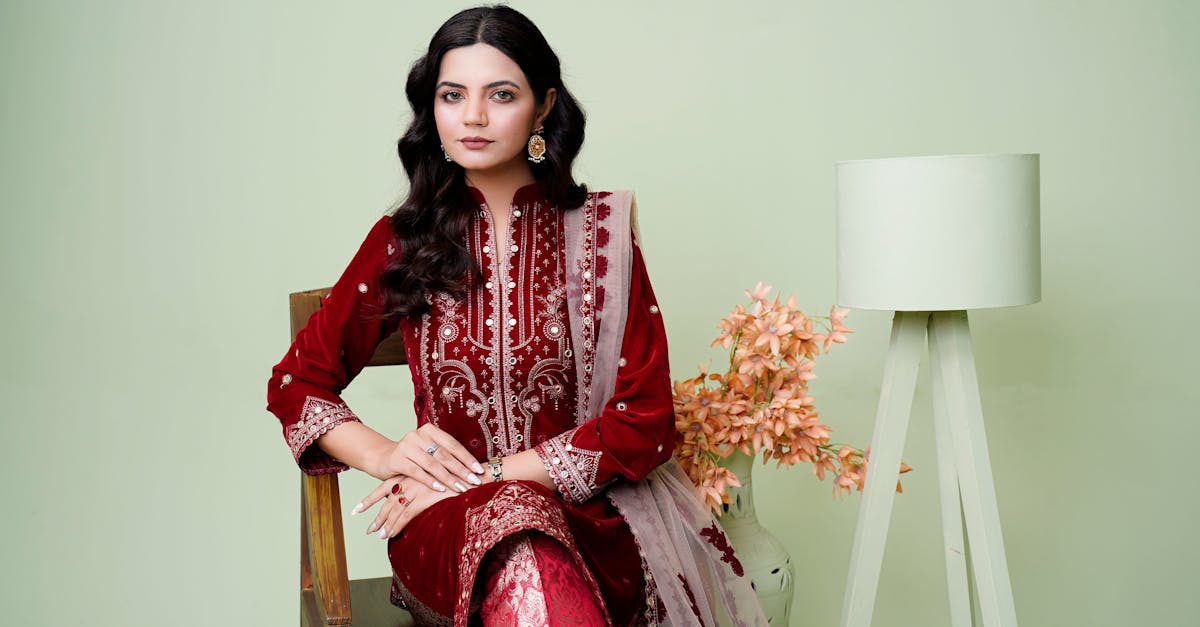Futuristic Fashion Trends Explored
Introduction
As technology advances at an astounding pace, its influence on fashion continues to grow, bringing us futuristic designs that were once only imaginable in science fiction. From wearable technology to sustainable materials, the fashion industry is undergoing a digital transformation that is both exciting and significant. But what does the future hold for fashion enthusiasts and industry innovators? How are smart textiles poised to revolutionize how we dress and perceive clothing? What role will 3D printing play in making fashion more accessible? With questions aplenty, it's a fascinating time to explore the future of fashion.
Advertisement
Wearable Technology Revolution
Wearable technology is fast becoming a crucial component of futuristic fashion, merging functionality with style in groundbreaking ways. Devices like the Apple Watch and fitness trackers have paved the way for more advanced fashions that serve multiple purposes. Imagine clothing that monitors your health in real-time or accessories that can transform color based on your mood! Brands are now incorporating smart textiles and microelectronics into their designs, moving beyond traditional notions of what clothing can do. The line between fashion and technology is blurring, creating opportunities for innovation and collaboration across industries.
Advertisement
Sustainable and Ethical Practices
At the heart of the futuristic fashion movement lies a commitment to sustainability and ethical sourcing. As awareness of climate change grows, designers are increasingly focused on reducing their environmental footprint through innovative materials and practices. Examples include bio-fabrics made from fermented yeast, vegan leather developed from mushrooms, and dyeing processes that utilize less water. These eco-friendly alternatives not only minimize environmental impact but also appeal to the growing demographic concerned with ethical consumerism. As green technology continues to develop, fashion has the potential to lead the way toward a more sustainable future.
Advertisement
3D Printing's Game-Changing Impact
Once a novelty, 3D printing is now poised to revolutionize the fashion industry by enabling customizable designs and reducing waste. Designers can experiment with new shapes and structures that would be impossible with traditional methods. Consumers, on the other hand, might soon have the ability to scan themselves and print perfectly fitted garments at home. This technology paves the way to produce clothing on demand, drastically cutting back on excess inventory and promoting a zero-waste philosophy. As costs decrease and accessibility increases, 3D printing could become a staple in every fashion house's toolkit.
Advertisement
Augmented Reality Commerce
With the rise of augmented reality (AR), shopping for clothes is becoming an interactive experience tailored to individual preferences. Through a smartphone or AR glasses, shoppers can envision how clothes will look and fit them without stepping into a fitting room. Retailers are beginning to incorporate AR technology into their strategies to enhance customer engagement and comfort. This technology not only streamlines the shopping experience but also reduces returns by allowing for accurate sizing and visualization. As AR continues to mature, it will play an integral role in consumer decision-making processes.
Advertisement
Innovative Fabric Technologies
Cutting-edge innovations in textile technologies are set to redefine the capabilities of fabrics. Advances in nanotechnology are allowing fabrics to become self-cleaning and water-resistant without compromising comfort. Furthermore, e-textiles, or electronic textiles, integrate electronics directly into the fabric, transforming garments into functional gadgets. For instance, solar-powered jackets are already being developed to charge devices as you move. These intelligent textiles herald a new era where our clothes can perform multiple functions beyond mere aesthetics.
Advertisement
Customization and Personalization
The future of fashion lies in giving consumers more control over their wardrobe choices. With advancements in technology, everything from color selection to fabric type can be tailored to meet individual needs. Through digital fashion platforms, users can collaborate with designers to create unique pieces suited to their style, size, and preferences. This shift towards personalization fosters a more intimate relationship between fashion brands and consumers, setting a new standard for customer satisfaction. It reflects a broader trend towards individuality and the desire for exclusivity in one's fashion choices.
Advertisement
Inspiration from Science Fiction
Science fiction has long provided a rich source of inspiration for designers venturing into futuristic fashion. Iconic films like "Blade Runner" and "The Fifth Element" feature visionary attire that blends couture with innovation. These imaginative outfits have influenced runway shows and have prompted designers to push the boundaries of creativity. As technology catches up with fiction, we can expect avant-garde fashion to continue drawing from these fantastical origins. It serves as a reminder that today's wild speculations might very well be tomorrow's reality.
Advertisement
The Role of AI in Design
Artificial intelligence is transforming the fashion design process, enabling designers to make data-driven decisions and create with unparalleled efficiency. AI algorithms can predict trends, optimize supply chains, and even assist in developing new patterns and styles. Some fashion houses already use AI to streamline production, minimizing human error and speeding up time to market. As AI technology advances, it holds the promise of democratizing fashion by breaking down barriers and fostering global collaboration. Its application presents a paradigm shift from traditional methods, propelling fashion toward an automated future.
Advertisement
Conclusion
Futuristic fashion is no longer a far-off dream but rather a continually evolving intersection of technology and creativity. Through wearable tech, sustainable practices, and design innovations, the industry is navigating the future with audacity and vision. As technology continues to shape our world, fashion will inevitably change with it, embracing its role as both an art form and an engine for global change. Staying abreast of these trends offers insights into a future where fashion transcends mere utility and becomes an expression of human ingenuity, adaptability, and foresight. The future of fashion is a canvas for innovation, and its potential is as limitless as human imagination.
Advertisement








